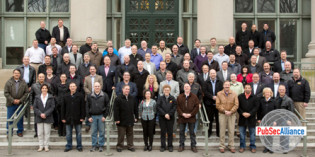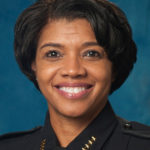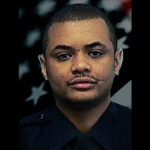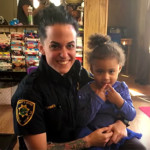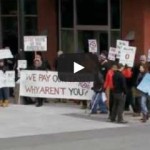Baltimore Discovers It Wants and Needs Its Police
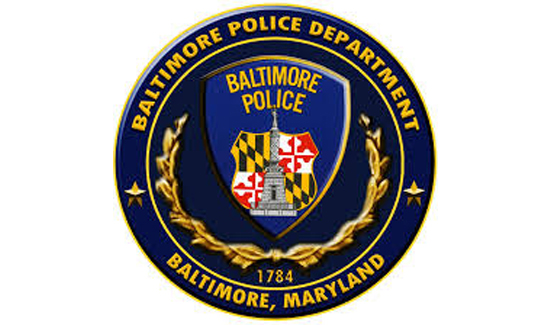
Some Baltimore residents attribute the high murder rate in the city to less aggressive police patrols following controversial police actions like the Freddie Gray incident.
But one local pastor, Rev. Kinji Scott, says they need more police in violence-plagued neighborhoods.
“We wanted the police there,” Scott says. “We wanted them engaged in the community. We didn’t want them beating the hell out of us, we didn’t want that.”
He’s among activists who are calling for police reform to reduce the violence in Baltimore and several other high-crime cities across the U.S. that he says haven’t seen change. That change begins with a conversation between the communities directly involved, Scott says.
“We need the front line police officers and we need the heart of the black community to step to the forefront of this discussion,” he says. “And that’s when we’re going to see a decrease in crime.”
When you think about young people who are out here facing these economic challenges and are homeless and living places that are uncertain, and you’re a parent — you’re scared. Not just for yourself really, but for your children.
The average age of a homicidal victim in Baltimore City right now is 31 years old. We had a young man who attended one of the prime high schools, [Baltimore Polytechnic Institute], Jonathan Tobash, and he was 19 years old, he was a Morgan State student. And he was killed on his way to the store. That’s the state of Baltimore right now.
When asked if the the community wanted police to back off after the death of Freddie Gray, Scott answered, “no.”
“That represented our progressives, our activists, our liberal journalists, our politicians, but it did not represent the overall community. Because we know for a fact that around the time Freddie Gray was killed, we start to see homicides increase. We had five homicides in that neighborhood while we were protesting.
“What I wanted to see happen was that people would be able to trust the relationship with our police department so that they would feel more comfortable. We’d have conversations with the police about crime in their neighborhood because they would feel safer. So we wanted the police there. We wanted them engaged in the community. We didn’t want them beating the hell out of us, we didn’t want that.”






